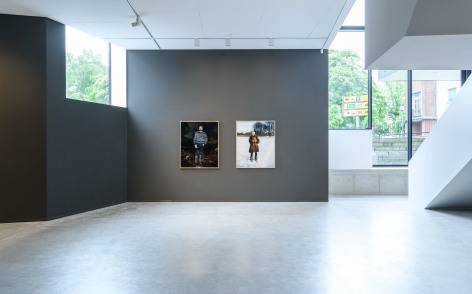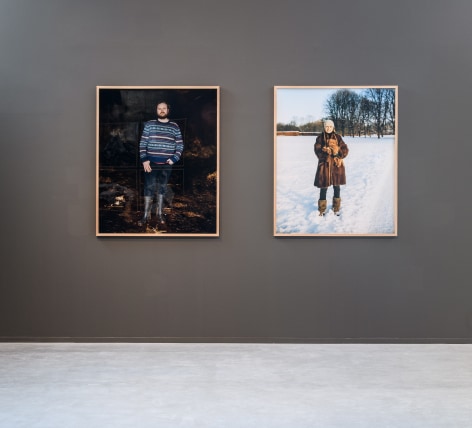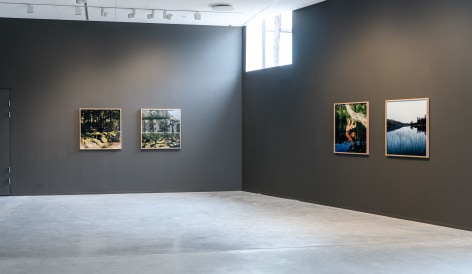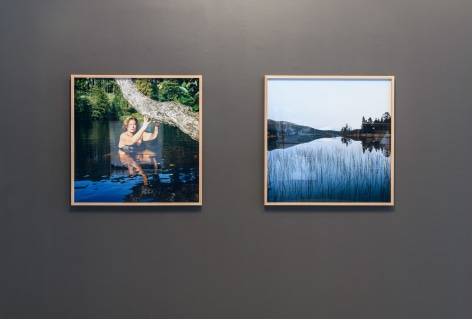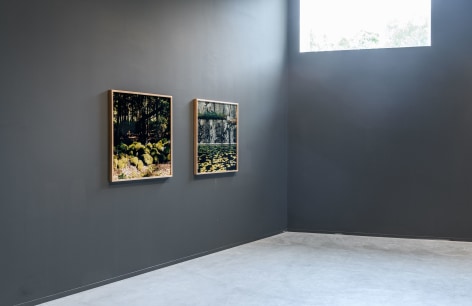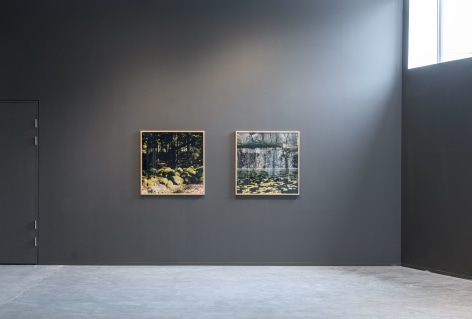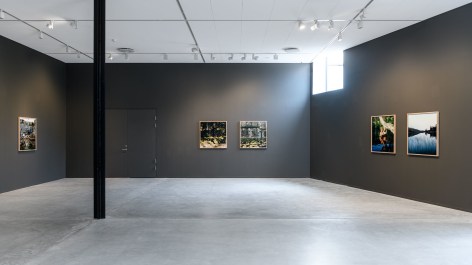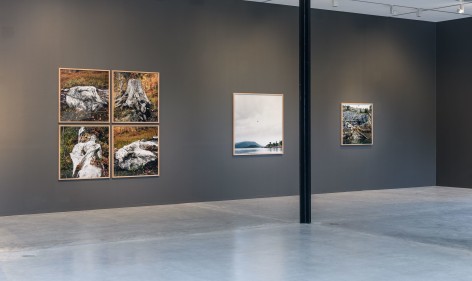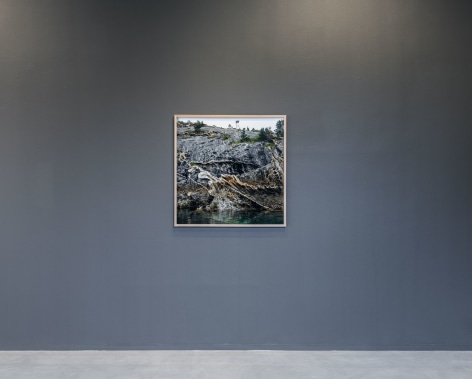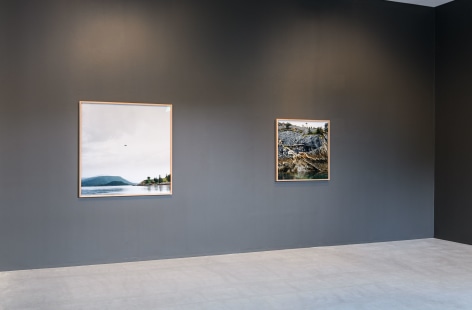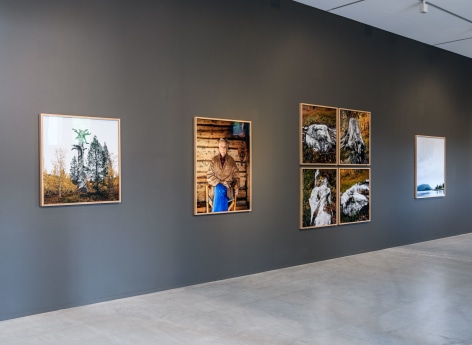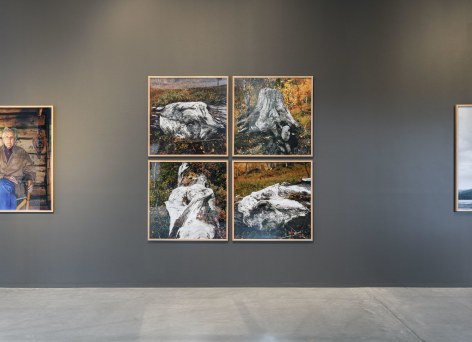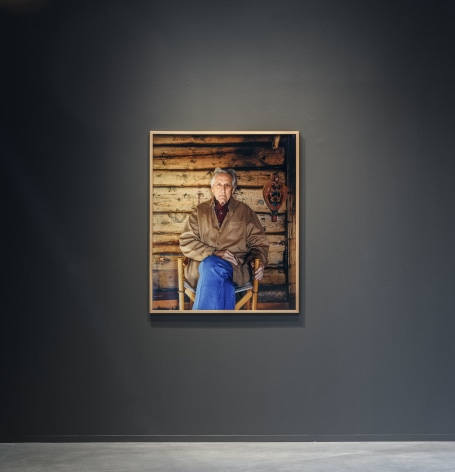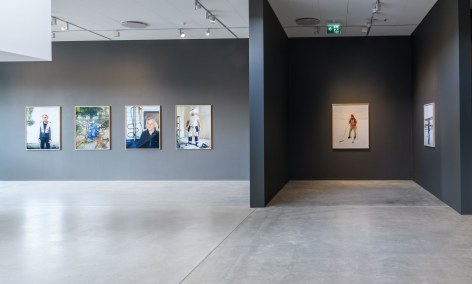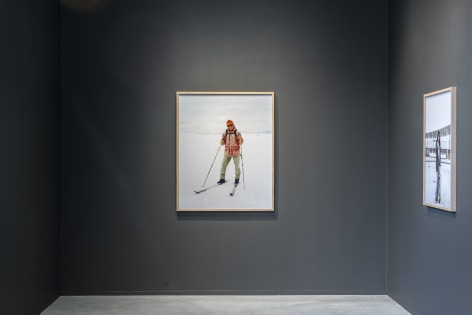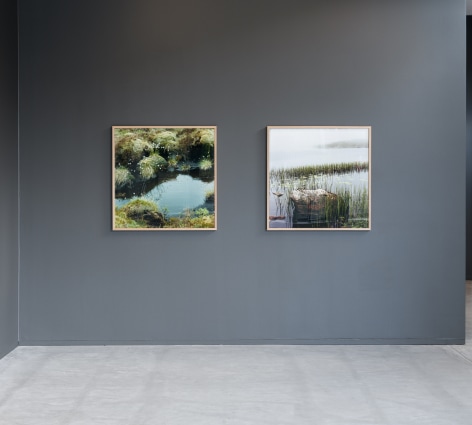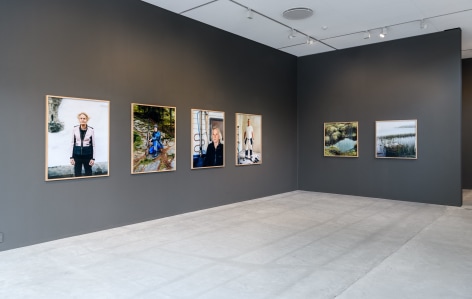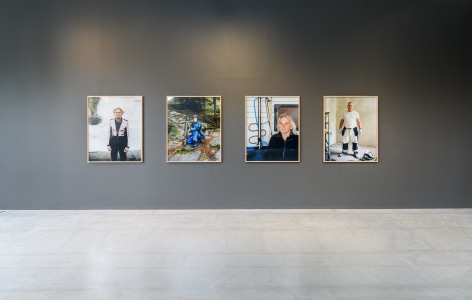Text by Erling Dokk Holm
As an artist working with photography, Mette Tronvoll is part of a long tradition. Her references to August Sander (1876-1964) are visible throughout her oeuvre, which is also highlighted through the exhibition’s Title. Naming it “Norway in the 21st Century, Chapter 1”, she immediately evokes August Sander’s best known, most comprehensive work: “Menschen des 20. Jahrhunderts (People of the 20th Century). This never entirely completed project ran from 1927 to the 1950s. August Sander wished to create an archive of the German people, therefore photographing them within their social position, whether this would be related to their profession or living conditions. Sander’s portraits are unsentimental, yet neither hard nor confrontational. Through his documentary work, August Sander redefined photographic art, and became an important figure within “The New Objectivity” movement. This was a new perspective emerging after the First World War, as a reaction to that war’s enormous brutality, and to pre-war interest in the visually spectacular and aestheticizing. The need to see realities as they truly are – through a distanced, measured gaze – became not simply an aesthetic strategy for Sander, but a political and moral standpoint.
This is where we find Mette Tronvoll. Her ability to grab hold of reality, to place it beneath an analytical and empathic gaze, and to then let it speak – by itself – has been cultivated and exercised through a long artistic career. Mette Tronvoll’s photographs are so calm that they let vision and consciousness work together – Sander would have felt he had a worthy heir. However, Mette Tronvoll does something more than simply stepping inside a tradition. She expands and renews it. This is particularly evident in the way she treats the relationship between human beings and nature.
The objective distance Sander cultivates, is abandoned by Mette Tronvoll in favour of a greater tolerance for nature’s inherent substance and value. When reality is placed underneath her gaze, exploratory and inquiring narratives emerge from life that is intertwined. The life of trees, humans, birds, water, and animals. The twisted trunks of old, dead pine trees, the unknown people getting close to you, the remnants of those who lived here before us, and the nature that is restored where humans disappear.
Nature’s organic forms remain connected from image to image: the grooved mountains, the furrowed faces. Normally, we think that human beings are essentially different from everything else, but within these images, this perspective has been dissolved. Perhaps precisely because human beings’ relationship to nature can no longer exist without the acknowledgement that we are primarily in it, not above it. More than anything else, it is Norway in the 21st century.
And yet: never before have there existed so many photographs, and they have never been so ubiquitous. Thus we may ask ourselves: how do we meet this infinity of images? There are only two strategies: no images, or real images. Let’s go for the real images. The ones that gently drill down in reality, like an excavation. Therefore, whoever views these photographs will experience an unusual sense of reality being uncovered. Layer by layer. This way, Mette Tronvoll’s photographs take a stand. Not only in relation to what is, but to what will be. They ask you to consider what life is, and what it could be. Like a first chapter.

